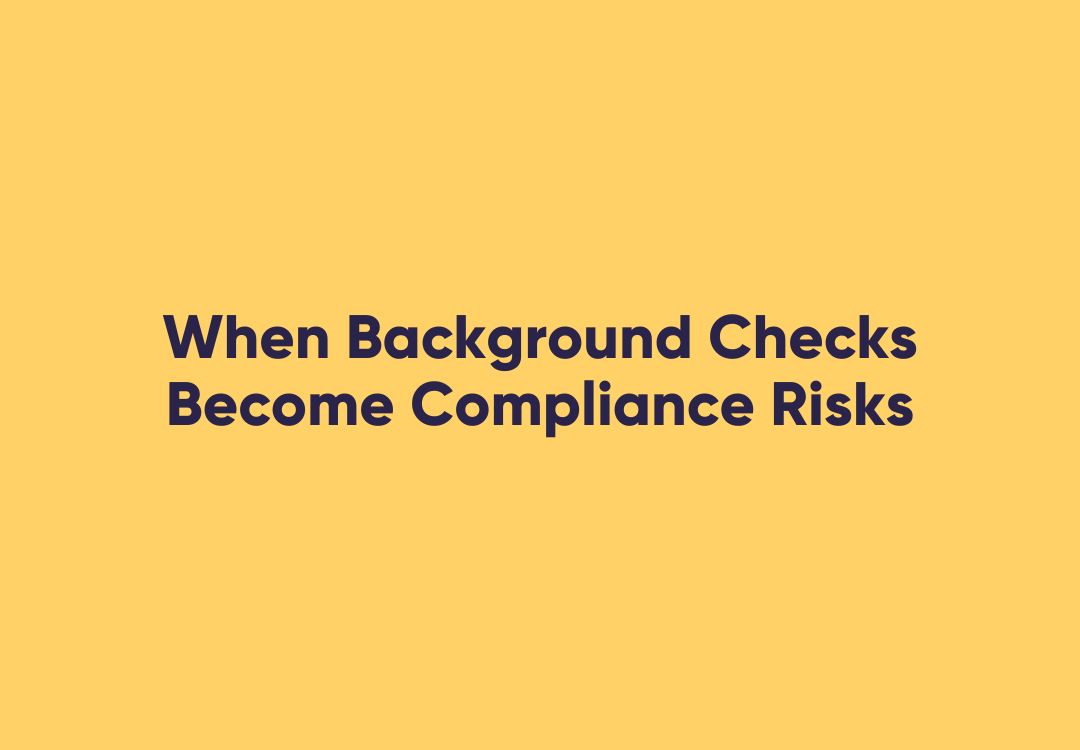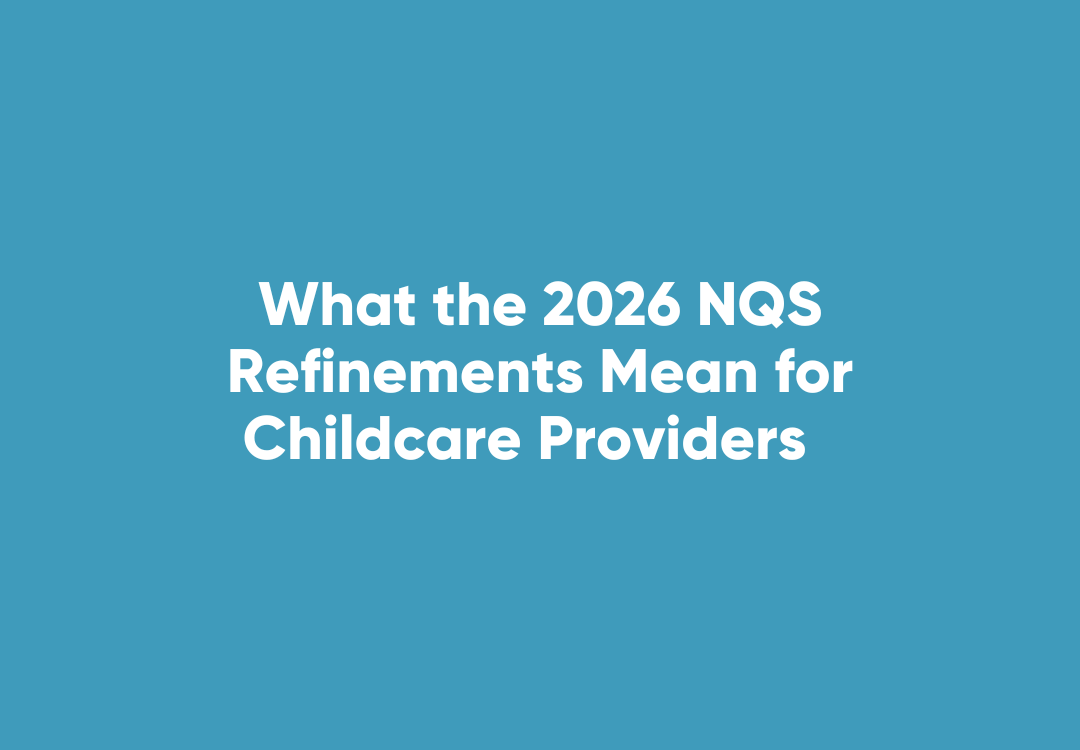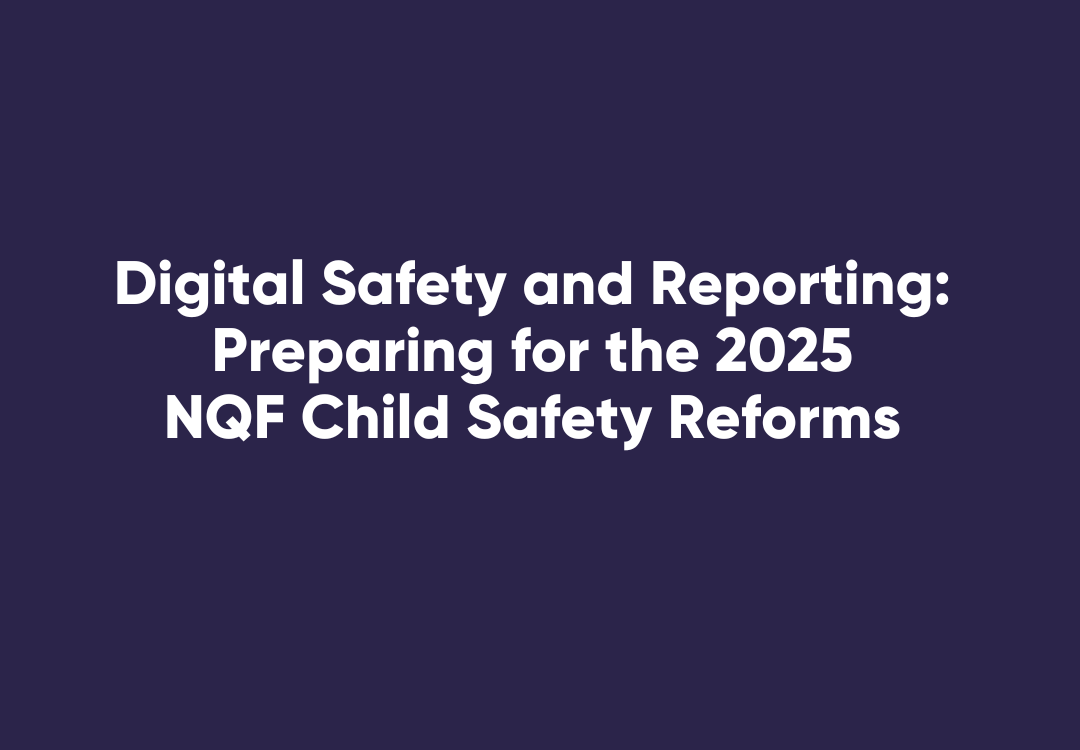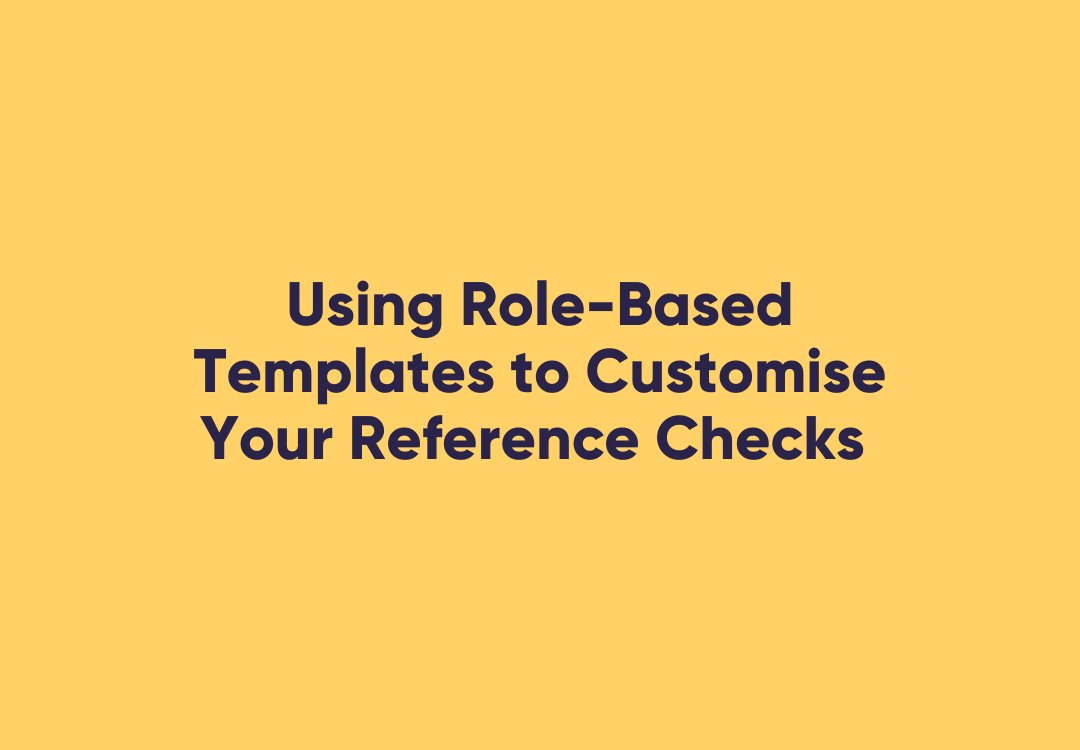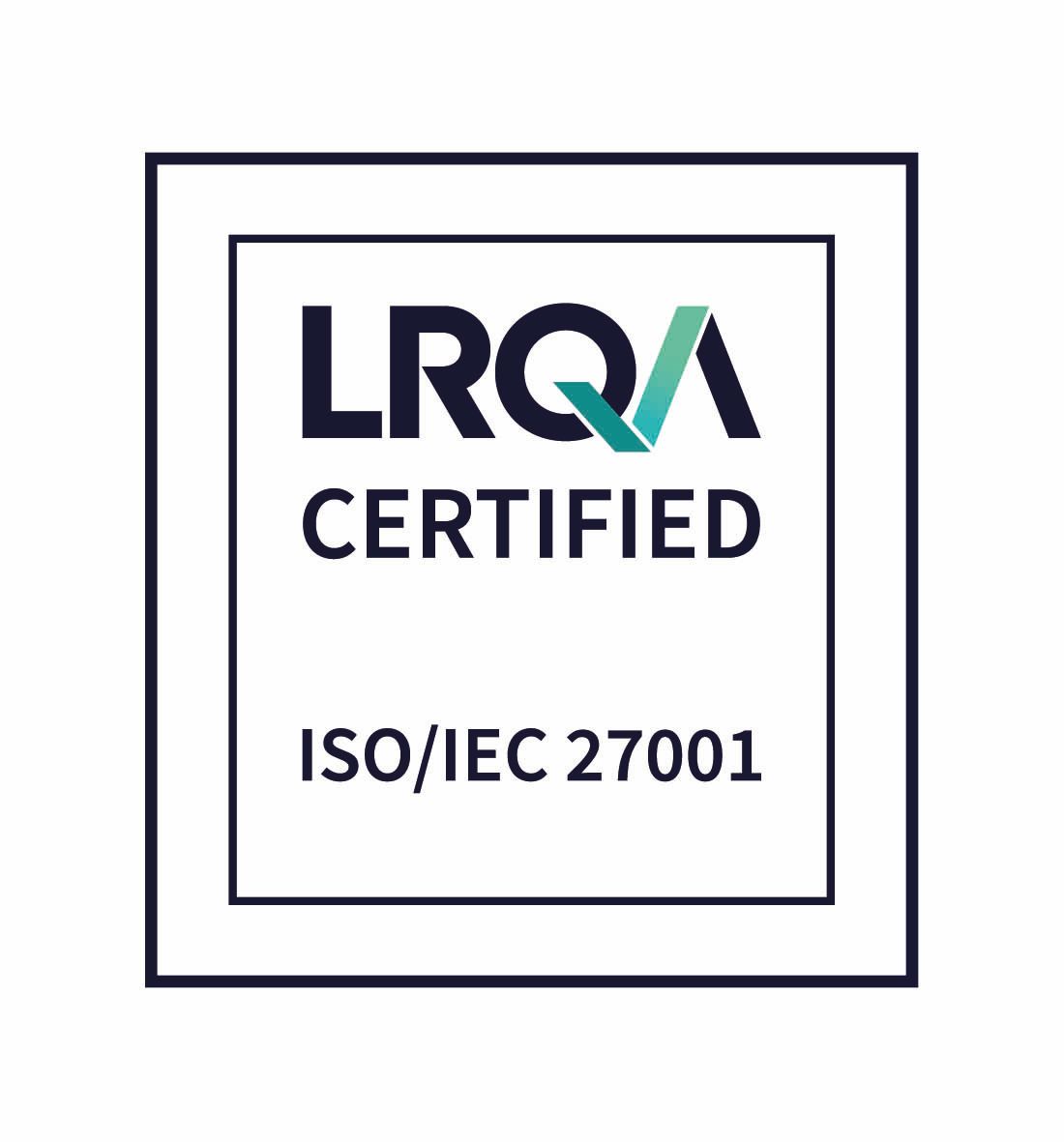Cultivating Employee Wellbeing with WorkPro
Workplace stress costs Australian businesses an estimated $60 billion annually due to lost productivity, absenteeism, and presenteeism.
Beyond the tangible benefits, prioritising employee well-being also aligns with evolving Fair Work and WHS regulations. From fostering inclusivity to ensuring workplace safety, cultivating a thriving environment demonstrates compliance and positions your organisation as a responsible employer.
This is particularly pertinent in high-risk work settings, such as manufacturing, where robust safety measures not only comply with regulations but also cultivate the foundation for a healthy and engaged workforce.
Why Wellness Matters in the Workplace
Research shows that organisations with strong employee wellness programs experience:
- Increased productivity and engagement: Increased output, stronger collaboration, and a focus on excellence.
- Reduced absenteeism and presenteeism: Fewer unplanned absences, an increase in productivity, and a decline in employees working while unwell.
- Improved employee morale and retention: A positive work environment fosters loyalty and minimises talent turnover.
- Lower healthcare costs: A proactive approach to well-being translates to improved employee health and reduced healthcare expenses.
By promoting a culture of wellness in the workplace, employers encourage early intervention for workplace issues ranging from workplace safety to identifying training opportunities.
Wellness and Compliance
Promoting wellness also means ensuring compliance with relevant laws and regulations. This encompasses physical safety, mental health, and adherence to changing legal standards. By focusing on these areas, businesses can reduce the risk of injuries, legal complaints, and create a more
supportive environment.
Physical Safety:
- Adhere to Safe Work regulations and industry standards.
- Conduct regular safety training for employees.
Mental Health and Stress Management:
- Implement anti-discrimination and anti-harassment policies.
- Encourage work-life balance to prevent burnout.
Compliance with Laws and Regulations:
- Stay updated on laws and Fair Work Legislation changes.
- Conduct internal audits for compliance gaps.
By proactively addressing these areas, you can minimise the risk of injuries, complaints, or legal issues, while actively fostering a healthier and happier workplace for your employees. Remember, compliance is not just about avoiding penalties; it's about creating a safe and supportive environment where your employees can thrive.
WorkPro’s Role in Fostering Workplace Wellness
WorkPro’s comprehensive solutions are tailored to streamline the candidate experience, reinforce compliance and provide a central hub for resources that can promote workplace wellness. Using WorkPro, organisations can concentrate on nurturing a culture where employees are not just job-ready but are also poised for success. Here’s how WorkPro enhances key aspects of workplace wellness:
Candidate Journey:
WorkPro simplifies the hiring process by bringing fundamental recruitment, induction and compliance into one platform. This helps empower teams to focus on selecting candidates who align with the company's values and contribute to a vibrant work environment.
Compliance Support:
WorkPro eLearning modules, ebooks and other resources are updated to current regulations and legislation to reduce risk and ensure that employee learning and safety programs are both effective and adhere to legal standards.
Centralised Resources:
WorkPro offers a diverse collection of eLearning modules, resources and tools, arming employees with the knowledge and skills to maintain safety and reducing the risk of injury.






